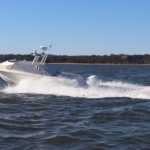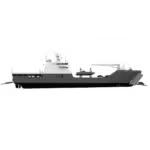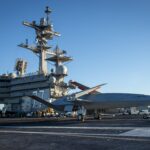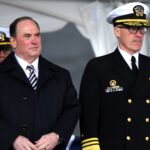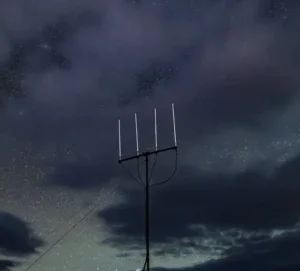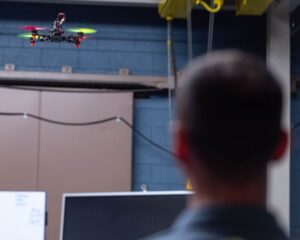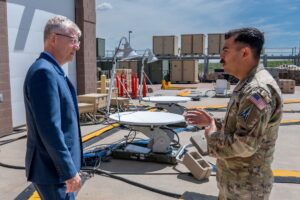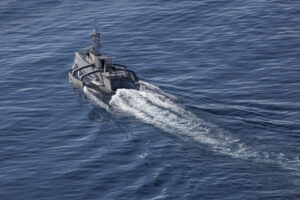
The Navy is conducting market research to investigate options to deploy several Medium Unmanned Surface Vessels (MUSVs) within a short time period for testing, the service said in a solicitation this week. According to a June 17 sources sought/Request for Information (RFI) notice issued by Program Executive Office (PEO) Unmanned and Small Combatants’ Unmanned Maritime Systems Program Office (PMS 406), MUSVs under this notice include vessels under 200 feet long and under 500 tons displacement and can meet specific payload…

 By
By 